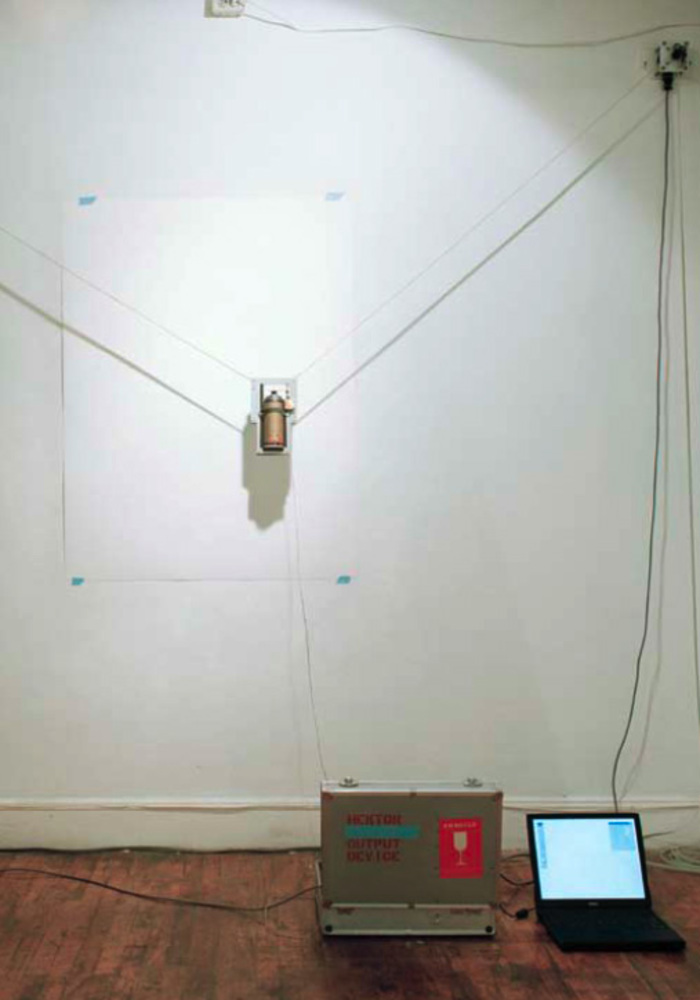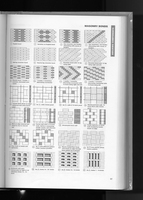Ernst and Peter Neufert: Architects’ Data
Jürg Lehni-
-

- Hektor is to generate a series of posters at the private view of Forms of Inquiry
-
As an extension of my work with Hektor, this inquiry examines the graphic conventions used in architectural drawing to represent various levels of information, such as material and construction methodologies. As in most other industrialised fields, architecture has seen an increased separation of tasks and specialisations over the past century, necessitating the development of common languages and standardise systems. In order to increase efficiency and avoid misunderstandings, conventions have been agreed that are understood and followed by all elements in the chain, from the architect to the draughtsman to the builder.
It is also possible to read these technical notations as patterns in their own right, highlighting elements of architectural information. The graphic forms used to represent architectural spaces in printed form can be elliptically transferred onto the actual surfaces that they reference, offering an opportunity to reconsider patterns and architecture and the role of a machine like Hektor. As a means of applying concepts of visual communication and printing to architectural elements, Hektor is linked to precedents such as supergraphics: billboard-sized graphics that formed integral, communicating elements of buildings, exempt from any commercial message.
While this investigation was underway, work began on a new enlarged version of Hektor. This version will have the ability to work on surfaces as large as twenty metres by twenty metres. This expansion raises the question of graphic content, since pieces on this scale are more likely to be permanent and situated outdoors. The new Hektor will be a supergraphics machine capable of giving buildings patinas of texture.
Similarly, the patterns created for Forms of Inquiry are intended as a case study for the application of graphics at an architectural scale. The resulting data patterns reference the particular architectural qualities of its context within the Architectural Association.
-
-

- Architects’ Data, Ernst and Peter Neufert, Blackwell Science, 2000, p. 67
-